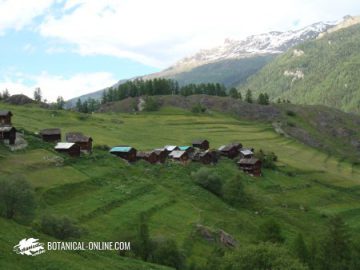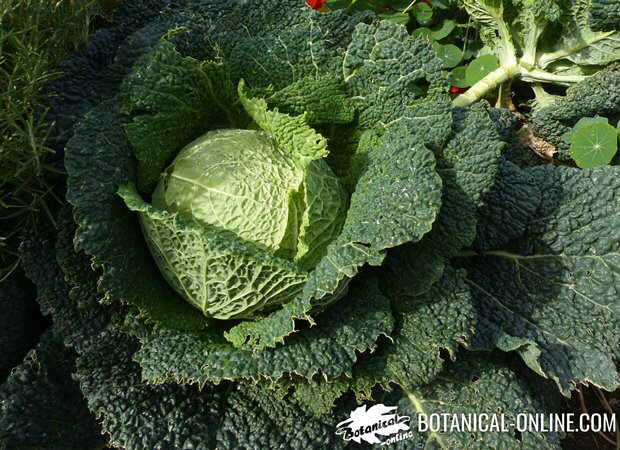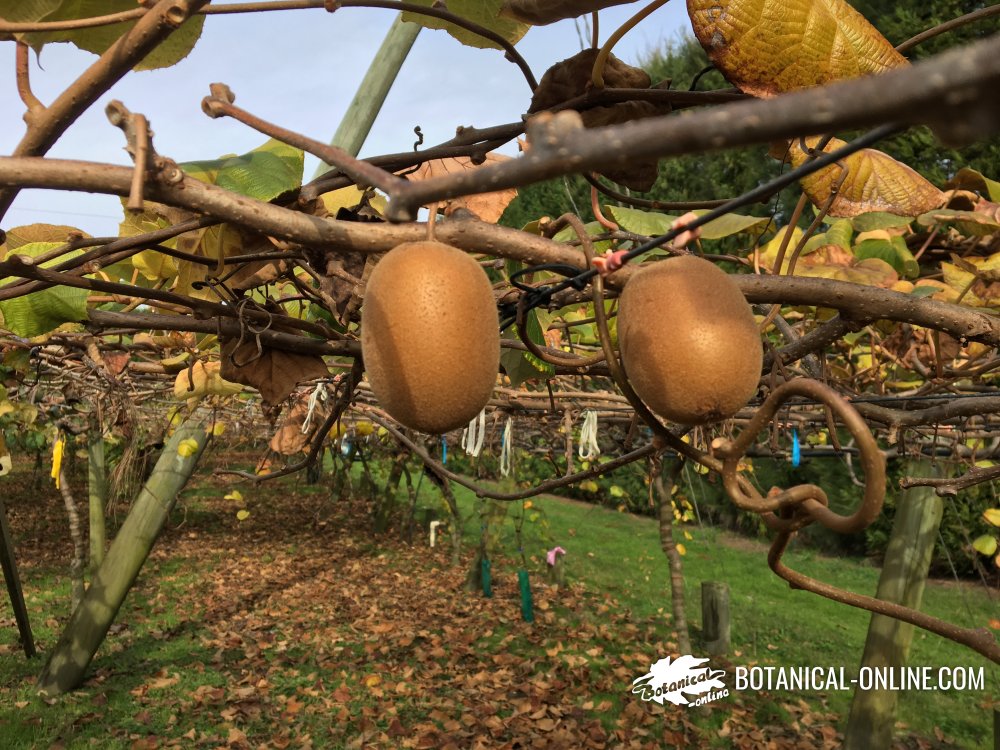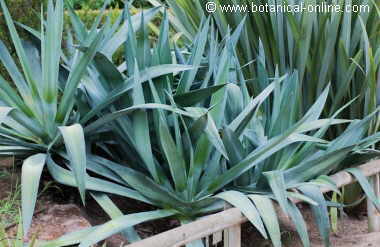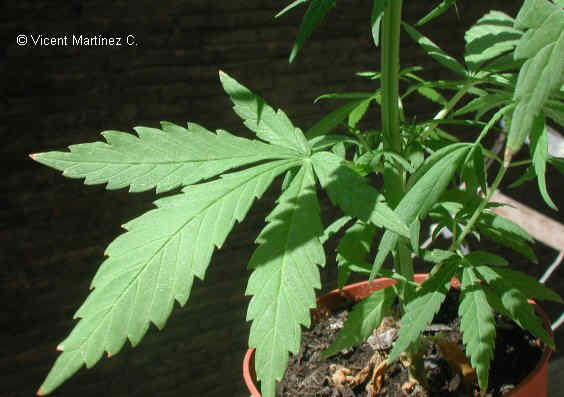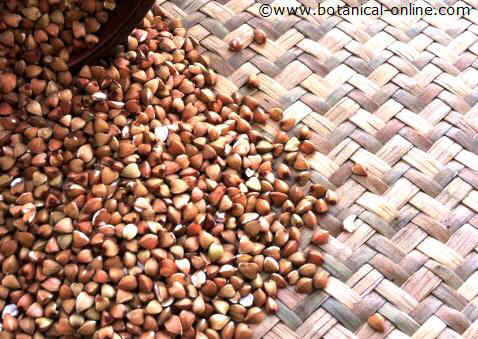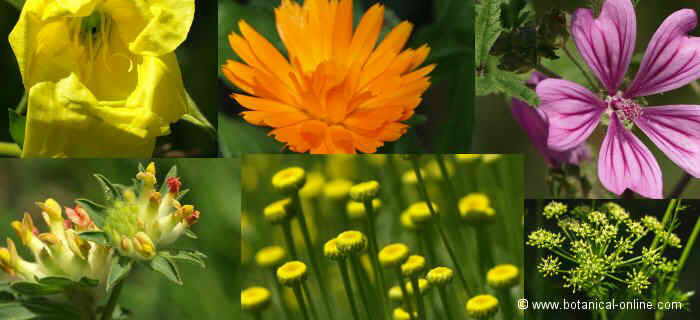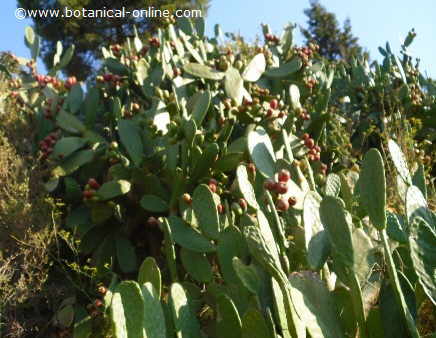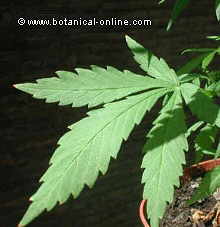Contents
What is a meadow?
Characteristics of a meadow
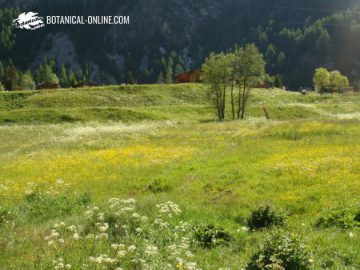
A meadow is a habitat created by man, where there are animals and plants forming a dense plant community, mainly of grasses, within a relatively flat and humid area.
For the meadow to develop and be maintained, it is necessary for man to sow grass annually for his animals to graze or to sow it to feed his stabled animals.
Characteristics of meadows
- Artificial environments: Meadows are artificial habitats whose main purpose is to feed horses, cows, sheep and other herbivorous mammals.
- Humid environments: Meadows are humid environments, because they are under a favorable rainfall regime or because they are watered by human beings when rain is scarce.

Photo of meadows on mowed terraces. Meadows are relatively flat expanses whose grass is either cut or grazed. Sown species: Meadows depend for their survival on the sowings that the rancher does regularly.
- Abundance of domestic animals: Since these environments are conceived to be the food for the animals that humans raise for their interests, we will see many grazing animals in meadows in high season.
- Herbs subjected to grazing and mowing: The different plants that make up the meadows are influenced by humans or their animals. With their teeth, domestic animals cut the upper parts of grasses for food.Farmers collect the feed after mowing it to save it for next year in the form of silage or hay. Cut grass in the form of fresh grass is sometimes used to feed their farm animals that are not grazing, but housed. Part of it will be stored to be used in winter.
- Plants resistant to grazing or mowing: Plant species that make up the meadows are resistant to the effect that animals have on the pasture, called grazing, or to the action that man does on it at the harvest time.
- Plant species poorly adapted to drought: Agronomic species with high irrigation demands are usually planted in the meadows, because they present low ability to withstand drought.
Grassland animals and plants
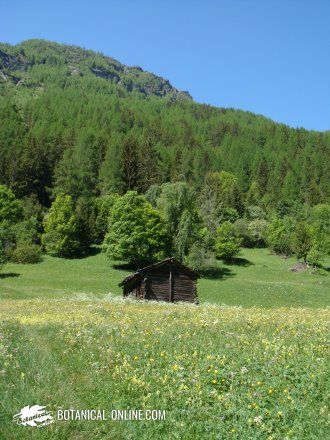
In these communities of thick plant cover made up of a great variety of herbs, animals of all kinds live, from carnivores such as foxes, kestrels or weasels, to herbivores such as rabbits and marmots. Some omnivorous vertebrates, such as larks, can also be seen. Toads and moles, frequent the meadows and feed on insects, hence they are called insectivorous animals.
As invertebrates of the meadows, there are many herbivorous , which are usually considered pests, as typical as cricket, snails, but we can also find carnivores like horseflies and mosquitoes.
What species of forage plants are usually planted in a meadow?
In the meadows, farmers can plant species like cat grass (Dactylis glomerata), tall fescue (Festuca arundinacea), meadow fescue (Festuca pratensis), English ryegrass (Lolium perenne), purple clover (Trifolium pratensis), white clover (Trifolium repens), alfalfa (Medicago sativa) or vetch (Vicia sativa), in the form of mixed seeds.
Herbs tend to be grasses or poaceae, but alfalfa and vetch are legumes. In autumn or spring, farmers sow their fields intended to be meadows to provide a new season of fresh food for his animals.
![]() More information on ecology
More information on ecology

